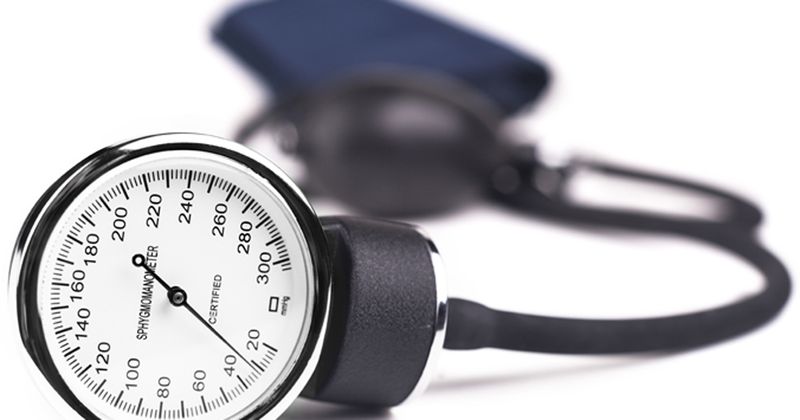Higher-dose treprostinil yields greater improvements in pulmonary hypertension-ILD
Patients with pulmonary hypertension associated with interstitial lung disease had better outcomes with a higher dose of inhaled treprostinil, as compared with a lower dose or placebo, according to a study.
In a post-hoc analysis of the phase 3, double blind, placebo-controlled INCREASE study, researchers categorized patients with pulmonary hypertension-ILD based on number of breaths per session of inhaled treprostinil or placebo attained at week 4 of the 16-week study. The low-dose groups were characterized as attaining less than nine breaths per session, whereas the high-dose groups were characterized as attaining nine or more breaths per session.

The proportion of patients who had a clinical worsening event or who demonstrated clinical improvement between 4 and 16 weeks served as co-primary endpoints. Clinical worsening was defined as a 15% decrease in 6-minute walk distance, hospitalization for a cardiopulmonary cause, lung transplantation or death, whereas clinical improvement was defined as a 15% increase in 6-minute walk distance accompanied by a 30% reduction in N-terminal pro-brain natriuretic peptide without any clinical worsening event.
At 4 weeks, 70 patients in the inhaled treprostinil group achieved a dose of at least nine breaths per session compared with 86 patients in the placebo group. Of those who remained below nine breaths per session, 79 were receiving inhaled treprostinil and 67 were receiving placebo.
Between 4 and 16 weeks, 17.1% of patients in the high-dose treprostinil group and 22.8% of those in the low-dose treprostinil group experienced a clinical worsening event, as compared with 33.7% in the high-dose placebo group and 34.3% in the low-dose placebo group (P = .006). Additionally, 15.7% of those in the high-dose treprostinil group and 12.7% in the low-dose treprostinil group experienced clinical improvement by 16 weeks, as compared with 7% of patients in the high-dose placebo group and 1.5% of patients in the low-dose placebo group (P = .003).
In a sensitivity analysis that evaluated patients for any clinical worsening event or improvement grouped by last dose received, results were similar in that patients in the high-dose treprostinil group fared better than those in the low-dose treprostinil or placebo groups in terms of clinical worsening and clinical improvement.
“This post-hoc analysis demonstrates that a higher dose of inhaled treprostinil is associated with an overall greater benefit in patients with pulmonary hypertension-ILD, not only in comparison to placebo but also in comparison to a lower dose of inhaled treprostinil. This benefit is magnified when one considers both the prevention of clinical worsening and the attainment of clinical improvement,” the researchers wrote.
They also said that this study highlights the importance of including clinical improvement as an endpoint in pulmonary hypertension-ILD studies, noting that it is “an important patient-centric measure.”
“The ability to offer patients a therapy which may result in improvement rather than only delay worsening will likely resonate better with patients and may facilitate improved compliance. This can also be regarded as a more proactive treatment strategy rather than only ‘playing defense’ by preventing worsening,” the researchers wrote.
